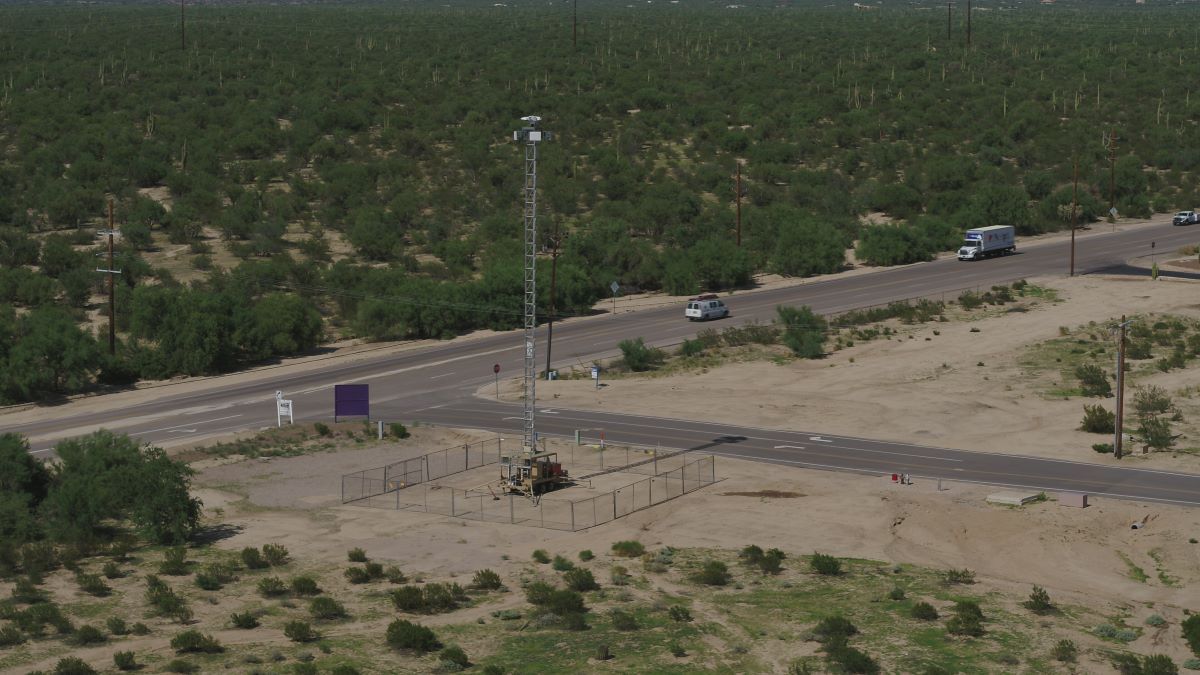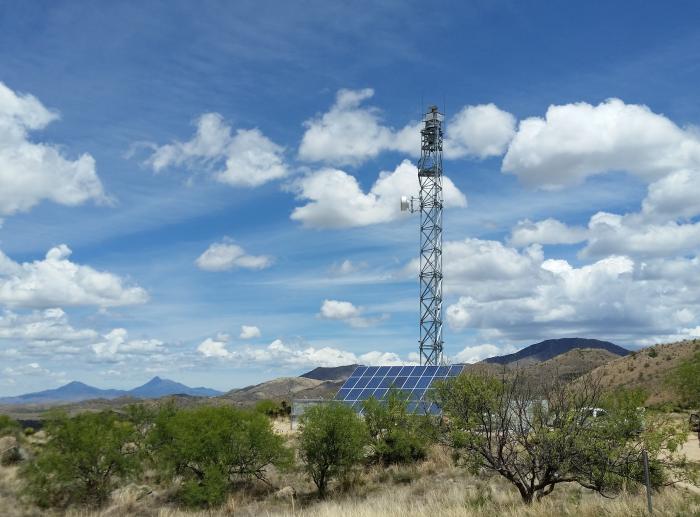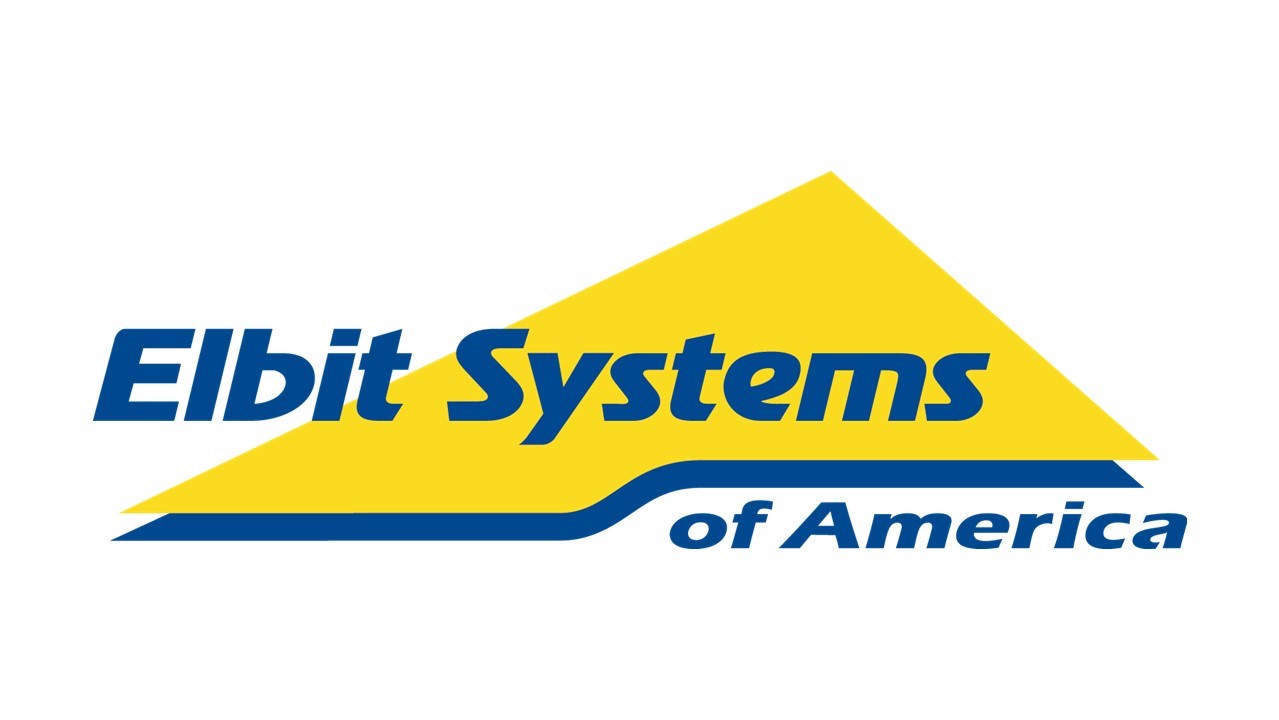This article originally appeared in Defense Daily on Sept. 1, 2020. Reprinted here with permission.
Elbit Systems of America is providing Customs and Border Protection (CBP) with new trailer-mounted intelligent surveillance towers that will fill in gaps for long-range surveillance on the southern border.
The 80-feet tall Intelligent Relocatable Long-Range Surveillance Tower is similar to the Integrated Fixed Tower (IFT) systems the company has provided CBP to enhance situational awareness along certain stretches of the U.S. southwest border, but the new system can be set up within a day for operations and then moved in response to the changing threat patterns, Joel Friederich, Vice President of C4I and Homeland Security Solutions at Elbit Systems of America, told HSR sister publication Defense Daily during a recent telephone interview.
More than 50 IFT systems have been deployed, Elbit said. Elbit Systems of America is the U.S. subsidiary of Israel’s Elbit Systems [ESLT].
Like the IFT systems, the new Intelligent Relocatable Towers include electro-optic and infrared cameras for day and nighttime imaging, ground surveillance radar, and related communications. The systems feature limited artificial intelligence capabilities so that the sensors can detect and track a potential item of interest and then alert a Border Patrol agent.
The Border Patrol, an arm of CBP, uses Elbit’s TORCH command and control platform to integrate IFT, the Intelligent Relocatable system and other border security sensor systems and technologies to create a common operating picture at the station level and for agents in the field.
Elbit said its new Autonomous Relocatable Surveillance Tower (ARST) system, which features more robust AI and machine learning capabilities than found in the Intelligent Relocatable Tower and IFT systems, was selected in April by the Defense Department’s Combatting Terrorism Technical Support Office (CTTSO) for evaluations for DoD and CBP.
The ARST systems stand taller than the Intelligent Relocatable Towers, 110-feet, offering longer sensor ranges and a broader field of view, Friederich said. The higher-end AI capabilities on the ARST mean the systems can detect, track and identify an item of interest, taking the human out of the loop until necessary, he said.
So, if the ARST system sees something not of interest to CBP, it won’t bother alerting an operator, Friederich said.
The AI enhancements allow the system to watch over more of the border with fewer agents, which means some agents can return to the field, Elbit said.
The CTTSO will begin evaluating the ARST in the first quarter of 2021 and the contract allows for the agency to procure additional systems if needed for more evaluation, he said.
The Intelligent Relocatable Towers will provide a bridge to the ARST systems, Friederich said. The technology behind the ARST systems could be swapped out for the control logic on an IFT system so the physical appearance of the surveillance system may look the same but the capabilities would be improved, he said.
The ARST can be deployed in less than two hours. The long-range payload includes ground surveillance radar, a high- resolution day camera, and thermal camera. The trailer provides electronic enclosures, security features and a power generator.
Friederich also said both the ARST and Intelligent Relocatable systems are modular and can be adapted to customer needs. Both systems also integrate into the company’s TORCH system.
CBP currently purchases another AI-enabled surveillance tower system, the Autonomous Surveillance Tower (AST) system provided by Anduril Industries. The ASTs are also relocatable but are a shorter-range system, out to about a mile versus greater than seven miles for the ARST.
In a statement provided to HSR, CBP said “The Intelligent Relocatable Long-Range Surveillance Tower (IRLRST) is an Integrated Fixed Tower system mounted on an 80-foot relocatable tower. Elbit Systems developed this Trailer Mounted Surveillance System under the IFT program for potential use where fixed towers cannot be used due to environmental, real estate or other reasons. The Autonomous Relocatable Surveillance Tower (ARST) will utilize a sensor system similar to the IFT sensor system mounted on a 100-foot relocatable tower. Elbit Systems is developing the ARST for the Combating Terrorism Technical Support Office. The potential exists to use IRLRSTs and/or ARSTs on future CBP tower programs where long range, non-permanent deployment is desired. Conversely, 200 Autonomous Surveillance Towers (AST) will be deployed in areas where less range is required, there is no power or communications infrastructure, non-permanent deployment is desired, and manpower to operate surveillance systems is limited. The systems are complementary and will be utilized as the operational and environmental conditions dictate.”
Fiber Optic Sensor Integrated into TORCH
Elbit Systems of America also said it has integrated a fiber optic-based system used for ground and underground surveillance along portions of the southern border into the TORCH command and control platform used by the Border Patrol.
The integration of Sintela’s Linear Ground Detection Systems (LGDS) is another example of the flexibility of the company’s TORCH system.
“Aided by the TORCH System’s autonomy and artificial intelligence (AI), Border Patrol agents will be able to more safely and efficiently perform their national security duties,” Friederich said in a statement. “We are pleased to partner with Sintela, making Elbit Systems of America now the exclusive U.S. distributor of their market leading and fully compliant LGDS system.”
Elbit Systems of America has also integrated cameras, gimbals, laser range finders, laser pointers, radars, unattended ground sensors, and intelligent lighting for the border wall on the southern border into TORCH.
Friederich previously said Elbit’s AI capabilities make it easy on users of TORCH by automatically identifying items of interest through sensors, linking different sensors together to track an event, and then automatically alerting agents if necessary.
Earlier this year, Customs and Border Protection, the parent agency for the Border Patrol, awarded Sintela a potential $6.4 million contract to maintain the LGDS, which is being used to enhance situational awareness for cross-border intrusions in support of the border wall system along certain parts of the southern border. Sintela is based in the United Kingdom and has an office in Houston.
“We feel strongly that the border surveillance technologies we’ve developed, especially their AI, autonomy and machine learning characteristics, could greatly benefit the DoD as they consider how to improve their force protection and base security capabilities,” he said.






